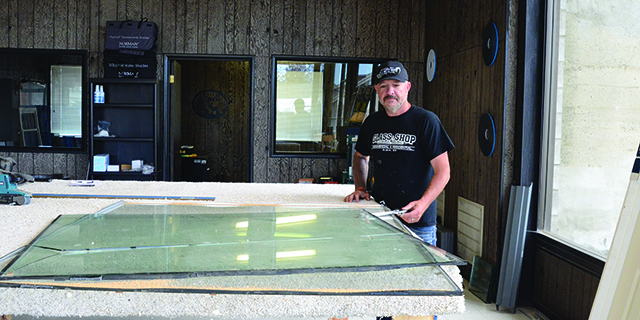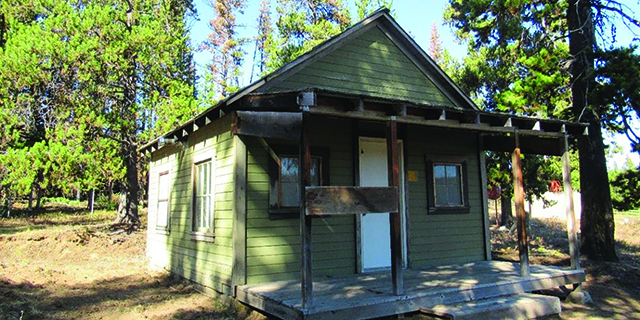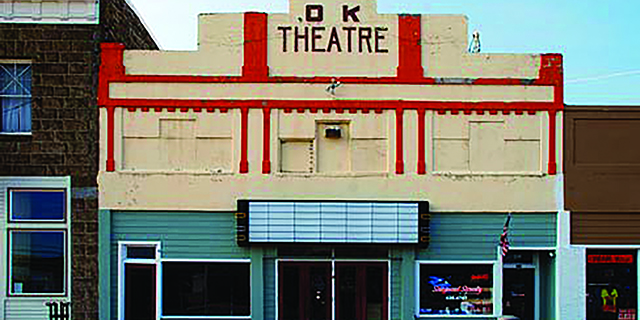Ruling may aid highway maintenance
Published 5:00 pm Wednesday, June 16, 2004
LCDC reinstates conditional use process for small aggregate and mineral extraction sites
New land use rule amendments could prove beneficial for users of Wallowa County roads. The Oregon Land Conservation and Development Commission adopted administrative rule amendments June 11 at its regular meeting in Klamath Falls to reinstate a conditional use permit (CUP) process for certain small mineral and aggregate mine sites.
Trending
“I think this will have an impact,” said Wallowa County Planning Director Bill Oliver. “Before this ruling, if a site was not on an original LCDC (1977) inventory of significant sites, you needed to have a study called a Finding of Significance (FOS) done, which is pretty expensive.”
Oliver said that the ruling will make it easier for both local businesses and the county to access gravel and other road-building materials. Both those selling rock and those driving cars could benefit, he said. Hauling costs are a major factor in road maintenance and construction. Oliver, noting the location of several small sites in the area, said having better and closer access to aggregate means that more miles of road could be maintained by the county for the same amount of budgeted money.
“This action by the Commission gives greater flexibility to local governments in siting small aggregate mines,” said Lane Shetterly, Director of the Department of Land Conservation and Development, in a news release. “These small sites are an important source of aggregate for road building construction, which we need to keep our economic recovery on track. The rule balances our need for aggregate with the protection of our prime agricultural lands.”
The June 11 decision by the LCDC did not deal with changing the current process applicable to larger sites.
Oliver defined the size of a small lot as one where less than one half a million tons of material, over the life of the site, is expected to be extracted. While Oliver said the process of getting permission to mine aggregate materials on a small site has been streamlined with the ruling, both private and public entities wishing to extract material must still go through conditional use permit hearing.
“There have to be protections for adjacent property owners,” Oliver said. “People still have to go through the CUP process. Neighbors will still be given the chance to voice concerns.”
Trending
Oliver said most users and owners of small aggregate mining site in Wallowa County didn’t have problems with starting the CUP process, as most sites were on the list or had an existing CUP that could be renewed. But in 1998, the county put together another list of sites that were not on the original survey of the 1970s, many of them smaller sites.
“You could see a train wreck coming. There are several of these smaller sites out there and with the cost of a Finding of Significance, it just made no sense for the pursuit of both public and private development on these small sites,” Oliver said.
The CUP process for smaller sites was invalidated by an October 2002 Land Use Board of Appeals decision (Beaver State Sand and Gravel v. Douglas County) and later affirmed by the Court of Appeals. The LCDC made the rule amendment to Oregon Administrative Rule 660-023-0180.
The amendment process began in February with the formation of a work group that included representatives from local governments, the Oregon Farm Bureau, the Oregon Concrete and Aggregate Producers Association, 1000 Friends of Oregon, the Grande Ronde Confederated Tribes, and environmental interests, plus several individual farmers and aggregate producers.









